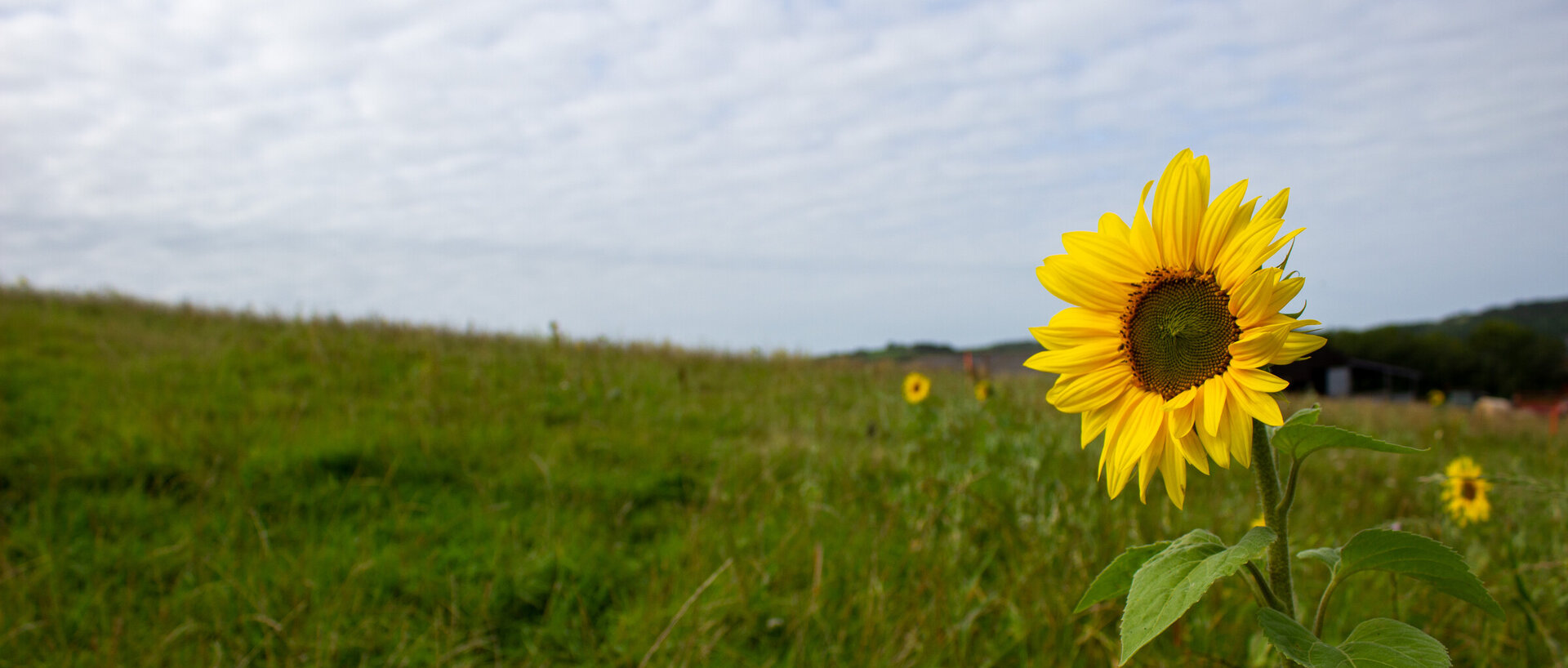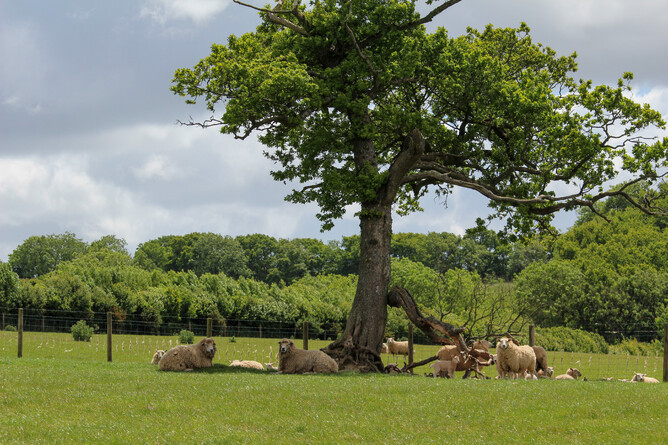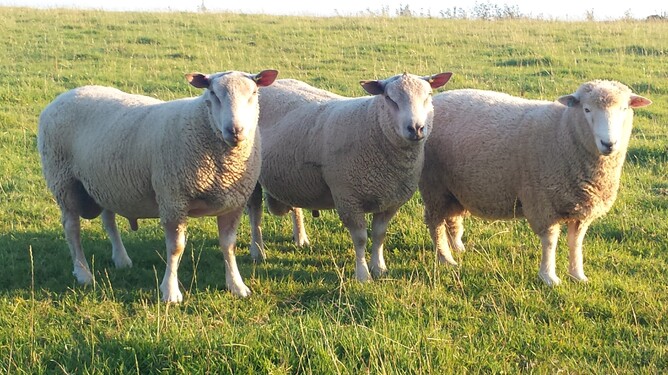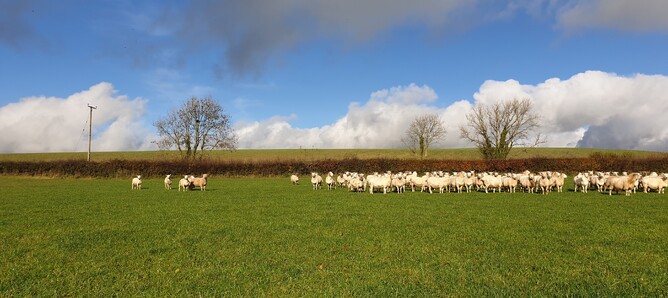Putting the rams in with the ewes signals the start of a new season, when ewes start to carry the next generation. Everything for the shepherd relies on getting this right; this is where the future of the flock begins. It brings lambing one huge step closer!
Pictured above are a few of our rams relaxing earlier in the year after we finished last lambing.
A self replacing flock
Over the past week we have been sorting out our ewes and rams and adding the rams to their group of ewes. We assess our ewes to decide which rams they go to and ensure they are suitable to lamb another year. Our variety of breeds of rams are split into 2 main groups - the maternal and the terminal.
Our maternal rams are Highlander, Exlana and New Zealand Romtex (which is a New Zealand Romney cross New Zealand Texel) breeds. These rams produce lambs which will join our breeding flock when they reach maturity. They grow well off grass, have good worm resistance and inherit good mothering abilities and easy lambing. This means we can have a closed flock, only needing to buy in rams, which minimises the spread of disease and gives us more control over the sheep we keep.
The other rams are terminal sires, which are Charolais and Beltex breeds. The Charolais produce lambs which grow faster and have more confirmation (more muscle). We use our Beltex rams on our ewe lambs. The smaller yet equally well muscled lamb makes it easier for their first lambing and they grow more slowly so they don’t demand too much from the young mothers. At birth the little lambs are lively and get up quickly, something which is essential to keep up with their inexperienced mothers.
Two halves of the flock
Our ewes are also split into terminal and maternal groups, but this is based on an individual basis rather than breed. Any ewes which are thin, wild or prone to lameness (as well as bad mothers) join our terminal flock. We do not want to encourage these traits so lambs from these ewes are not kept for breeding. Our other ewes stay in the maternal flock.
However, some ewes can’t lamb another year. This is due to various reasons, such as having a bad udder (so they cannot rear lambs again), having a history of unsuccessful lambings or not having good resistance to disease. We turn these ewes into mutton, mince and burgers, full of flavour from their long lives in pasture.
Keeping it pure
This makes assigning ewes to rams a bit more complex, as there is also the issue of ensuring closely related individuals do not breed together. We also only breed our Exlana ewes with Exlana rams so they retain their wool shedding abilities. The same applies to our Highlander sheep so we can ensure we produce better quality wool from half of the flock.
Planning ahead
A sheep’s gestation is around 147 days or 21 weeks so we start lambing in early April. In the warmer and drier weather our ewes can lamb outside naturally. Faster grass growth rates mean more available forage so our ewes can produce plenty of milk for their lambs, while being 100% pasture fed.
We will soon have lamb available, follow our Facebook, Instagram and Twitter pages to keep updated! You can find the links on our home page.



